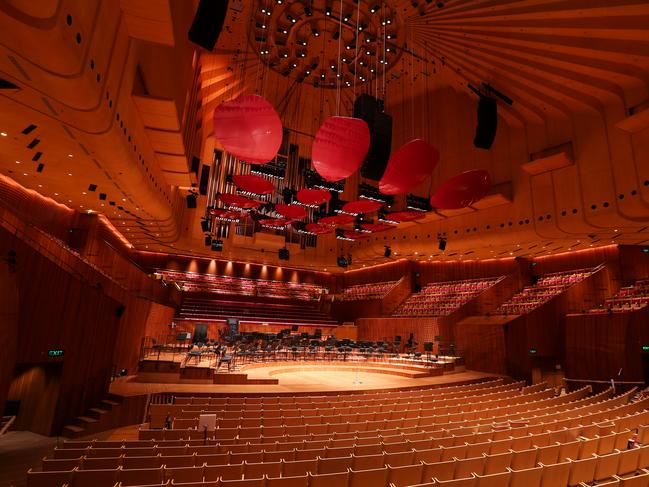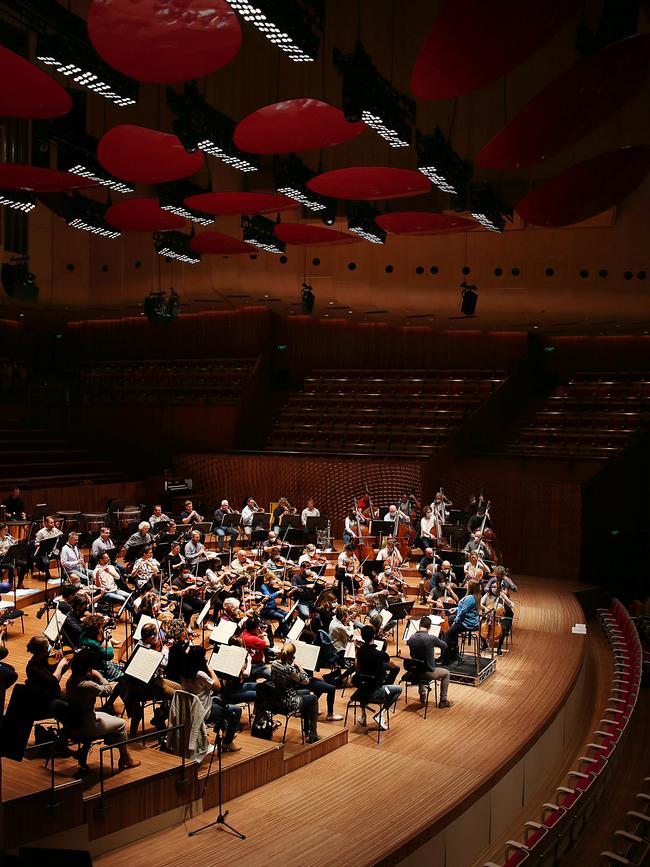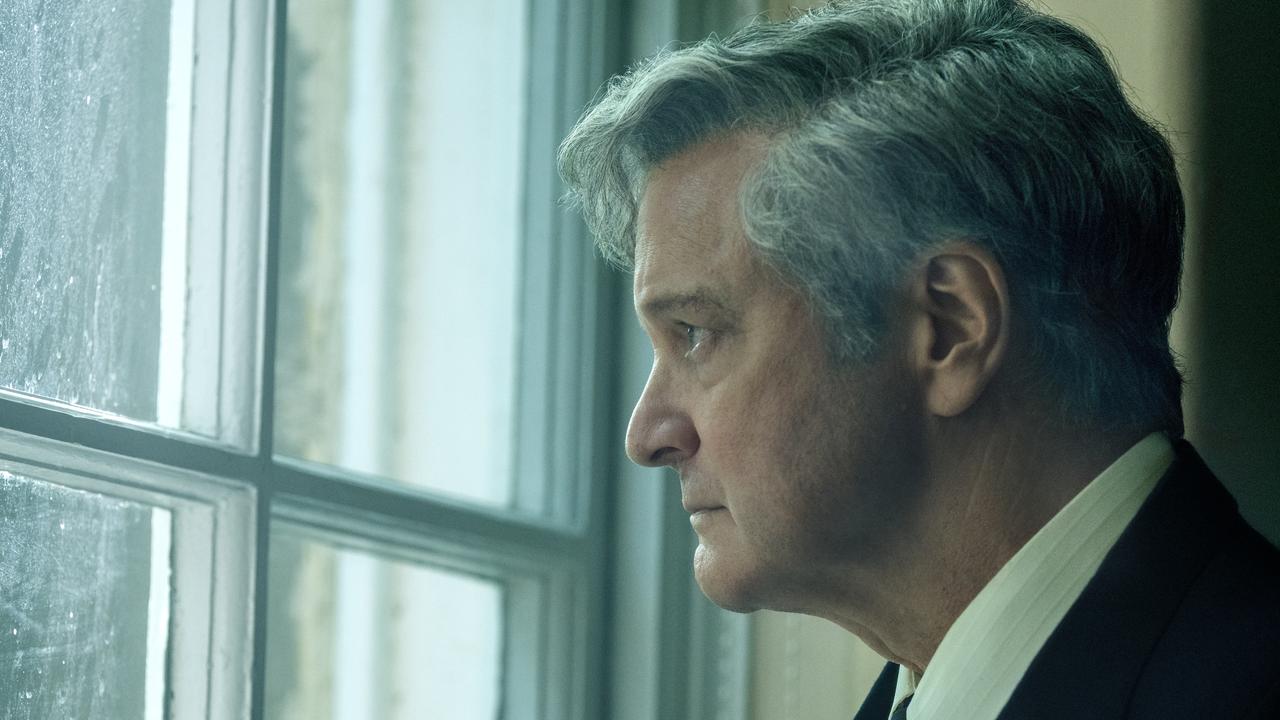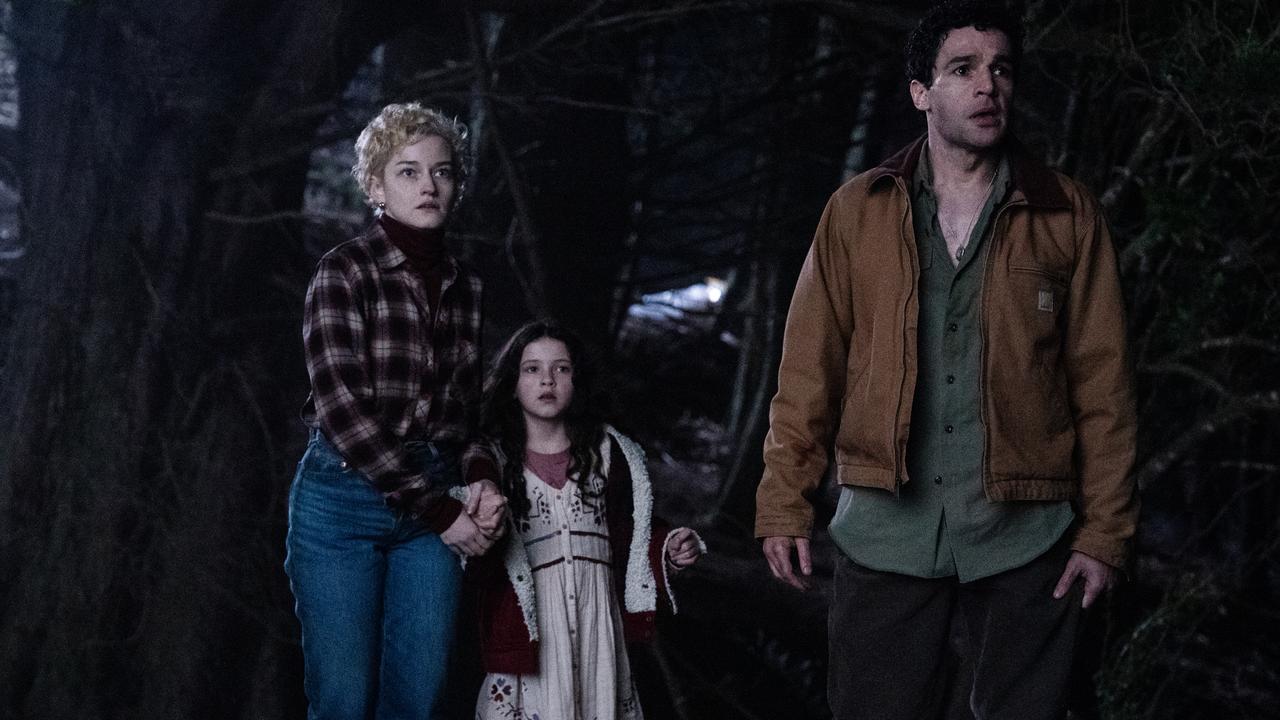Chief conductor Simone Young leads the Sydney Symphony Orchestra back to the Opera House
After two tumultuous years, the Sydney Symphony Orchestra is returning to the newly refurbished Concert Hall, with chief conductor Simone Young leading the way.

Simone Young has arrived to take up her post as chief conductor of the Sydney Symphony Orchestra, and she is like a child having a birthday party. Her excitement is all to do with the Concert Hall at the Sydney Opera House. Not a birthday present, exactly, and too large for wrapping, but what a gift for a conductor.
After upgrades and renovation works lasting more than two years, the Concert Hall at last is ready to welcome an orchestra and its conductor, and Young couldn’t be more thrilled.
“I just want to get in there and play, ’cause it’s fun,” she says.
Young started work in the hall on Tuesday and says she has been overwhelmed by the transformation. Acoustic panels have been installed in the walls, and banners fly from the ceiling. Sound diffusion panels – rippling contours carved in beautiful brush box timber – now surround the auditorium. And the acrylic sound reflectors that used to hang over the orchestra like plastic doughnuts have been replaced with 18 “petals”, painted the same brilliant shade of magenta as the seat fabrics in the hall.
“It was always a grand space, there was always a sense of occasion when you were on stage in this amazing venue,” Young says. “Now it kind of embraces you in a very different way.
“And the sound is very beautiful and evenly distributed through the hall. You don’t get those weird sweet spots next to dead spots that you used to get. Ditto on the stage – it’s very live, it’s very clear.”

Audiences from next week will be able to hear the improvements for themselves, after years of making do with an acoustic that lacked coherence and warmth – problems due in part to an unusually high ceiling over the stage, and the distance from the stage to the seats in the back row.
The SSO will inaugurate the hall with a gala concert including a new piece for the occasion by William Barton, and Gustav Mahler’s Symphony No 2, known as the Resurrection.
In the meantime, Young and the orchestra have been giving the hall a test drive with a variety of repertoire: an aria from Bach’s Mass in B minor, Strauss’s Rosenkavalier Suite, and the final movement of Dvorak’s New World symphony.
Young says acoustic testing sessions, closed to the public, are helping her and the musicians understand how the hall responds to different dynamics, articulations and instrumental colours.
“The real challenge is how the orchestra responds to this new environment,” she says. “We are already finding that the clarity will be unforgiving in some places, and in other places it will provide a much easier soundscape in which to play, because everyone can hear each other for the first time.
“We suddenly have this beautiful, warm, receptive sound body in which to play, and now we have to find for ourselves the optimum way of using it. And that’s not something you find in a week. That’s a challenge for myself and the orchestra to develop and grow within that. Getting the gift of a space like this, at the start of a chief conductorship – it’s an unbelievable opportunity.”
There’s a feeling that at last it’s all coming together for the SSO after what can only be described as a tumultuous couple of years.
The pandemic coincided with the Concert Hall’s closure and disrupted carefully made plans for concerts at an alternative venue, the Sydney Town Hall. After Sydney went into lockdown again last June, the SSO gave no public performances for the rest of the year, and finished with a loss of $2.4m.
The NSW government had promised to support the SSO through the Concert Hall refurbishment period to the tune of $10m, but provided only $5m after the orchestra posted a better than expected financial result in 2020.

The Opera House also reduced the SSO’s use of the Concert Hall from 35 weeks to 32, starting with the current season. Given the substantial investment in the upgrades – about $300m has been spent across the Opera House in its “decade of renewal” – Opera House management wanted to make the hall available for a wider range of performances than just classical music. Then damaging reports emerged about the management style of SSO chief executive Emma Dunch. She is credited with bringing Young home to Sydney as chief conductor, but was criticised for her dealings with funding bodies and with the Opera House. She was dismissed in December and claimed to have been the target of a political “hit job”. In court documents, she claimed she was sacked over her attempts to deal with allegations of sexual assault and harassment within the orchestra.
Young, without addressing those subjects, says it has been a challenging time for the orchestra. She maintains that, for her, access to the Concert Hall for rehearsals and performances was always non-negotiable.
“Whether there was a new hall or not, that was always going to be a condition,” she says. “It’s so important for the orchestra to rehearse in the venue that you play in. All great orchestras of the world belong in their venues. Our ambition is to be the hot ticket in the town, everyone wants to hear us here – then it’s in everybody’s interest that we are here a lot. This is the orchestra’s natural home.”
Young’s inaugural concert as chief conductor sounds some personal notes. She has long been friendly with Barton, the didgeridoo soloist and composer whose newly commissioned work, Of the Earth, will involve the full orchestra, soprano Nicole Car, mezzo Michelle DeYoung, two choirs, and clapsticks made from recycled timber from the Concert Hall.

“I basically gave Will the whole toybox and said, ‘Go to town’,” she says. “I wanted something about creation, about connection with the Earth, about connection with country. Because the Sydney Opera House as a venue is so symbolic – not just for Sydney but the whole country.”
The Mahler symphony, too, has personal connections for Young and for the orchestra. Young recalls seeing Stuart Challender conduct it at the Sydney Town Hall, not long before his untimely death in 1991 from AIDS-related illness. Challender was the last Australian to hold the baton of chief conductor at the SSO, before Young.
Young has conducted the symphony many times, including with the Hamburg Philharmonic in Germany, where she was chief conductor from 2005-15. Simultaneously, she was general music director of the Hamburg State Opera, where Mahler was chief conductor from 1891-97, and during which time he wrote the second symphony. Young gives a brief sketch of the composer and of the sounds that have filtered into his symphonic imagination, starting with the funeral march that begins the second symphony.
“The thing with Mahler, there’s a funeral march in almost every work,” she says.
“When he was a child, he was the eldest of the family, and most of the other kids died. They lived above the pub that his parents ran, so he spent most of his youth watching little coffins going out the back door, while listening to wedding music downstairs in the pub.
“And that kind of musical schizophrenia is in every single one of his symphonies. Then you add the military bands, the cows and their cowbells, and we’ve got the picture – it’s all there in Mahler 2.”
Mahler found the text he needed for his symphony’s finale when he attended a memorial for conductor Hans von Bulow in Hamburg in 1894. The text is Die Auferstehung (The Resurrection), by Friedrich Gottlieb Klopstock – “Rise again, yes, rise again” – which Mahler sets thrillingly with full orchestra, choir and organ.
“Everybody cries, and conductors get their aerobic exercise,” Young says. “I find it overwhelming, all that E-flat major – it’s ravishingly beautiful. Transporting, thrilling.
“In the second symphony he takes us up to the gods. I just felt that was a great way to start my tenure with the orchestra and to reopen the hall.”
Young is delighted to be back in Sydney and to be taking charge of the SSO as it enters its 10th decade.
“The mood is incredibly positive, very exciting,” she says of the orchestra. “It’s been a tough couple of years, and there is a huge sense of optimism, of growth, of a restart – like all new beginnings it’s challenging, it’s a little scary, but it’s mainly onwards and upwards.”
Simone Young conducts the SSO, Sydney Opera House, July 20-24. Broadcast on ABC TV and ABC Classic, July 21, 8pm.


